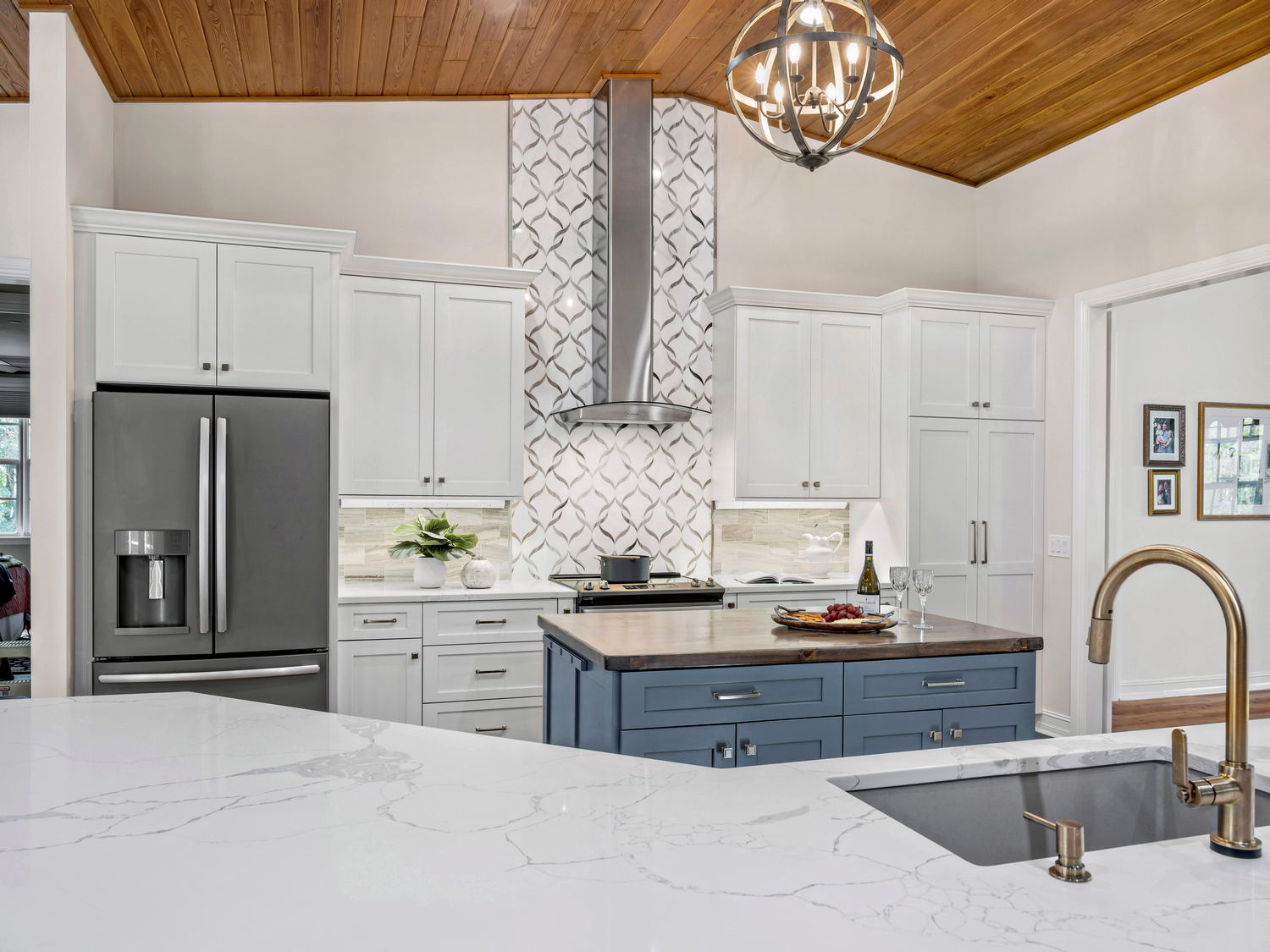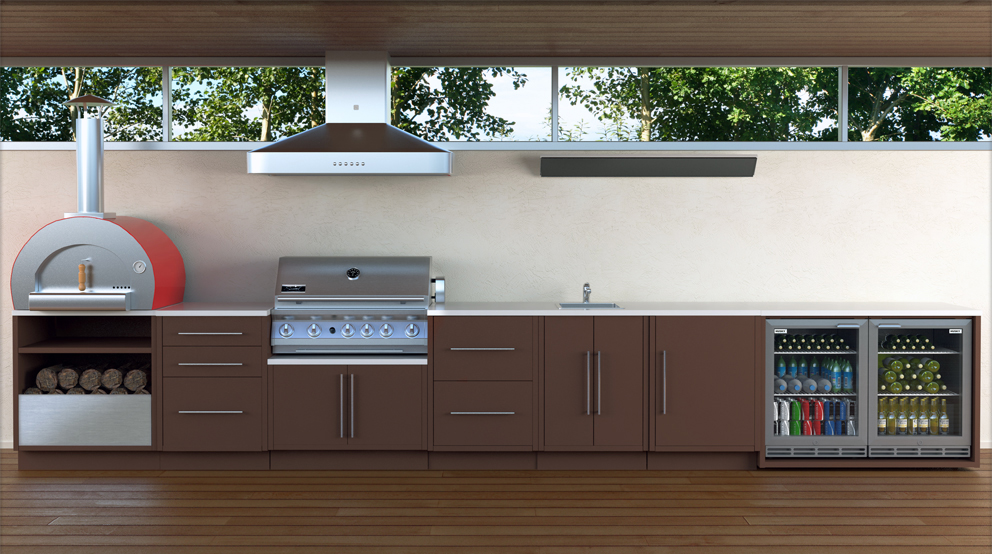
FloraBoost's patented formula includes eight strains beneficial bacteria, including Lactobacilli or Bifidobacteria. This blend of bacteria has been clinically proven to support intestinal health and gastrointestinal function. You can add the powder to many different beverages. FloraBoost is easy to use and can be added to many beverages. It's ideal for those who have difficulty digesting complex foods.

This product contains many strains of probiotic bacteria that have been extensively researched. Its high survivability and adherence to the intestinal tract make it a good choice for people with bacterial imbalances. It is easy for children to consume and is simple to take. It is available in a convenient powder form which makes it easy for children to take. Children under 2 years old should not use it. FloraBoost is recommended for use as a dietary addition for adults. It can however be given as an occasional snack to children.
The gastrointestinal tract is an environment of more than 300 strains of bacteria that maintains a healthy balance. Many things can disrupt our natural flora balance, such as over-processed food and chlorinated waters. FloraBoost is available in powder form, which makes it simple for children to use. IgG Protect is a highly concentrated form of immunoglobulin G (IgG). This protein plays an important part in the immune system. It protects the body and prevents foreign substances from entering the body.
FAQ
What should I consider when buying a new home?
You should ensure that you have sufficient funds to cover the closing costs of your new home before purchasing it. You may want to refinance your mortgage if there isn't enough cash.
How can you remodel a house without spending any money?
These are the steps to follow when renovating your house without spending a lot of money.
-
Make a budget plan
-
Learn what materials are needed
-
Decide where you want them to go
-
Make a list.
-
Calculate how much money is available
-
Plan your renovation project
-
Start working on your plans
-
Do some online research
-
Ask your family and friends for assistance
-
Get creative
Can I renovate my whole home myself?
Why pay someone to do it for you when you can do it yourself?
It doesn't matter how much you love DIY, there are times when you simply cannot do it yourself. You may not be able to control all the variables.
For example, if you live in an old home, you might find that the wiring is outdated and you would need to hire a qualified electrician to make sure that your electrical system is safe and reliable.
Be aware that structural damage might be too costly for you to repair during the renovation.
It is possible that you don't have the right tools or the knowledge to do the job correctly. A plumber's snake is an instrument that can be used to unclog pipes.
You will also need a licensed plumber to work on your plumbing project.
It is important to understand your capabilities before embarking on such a large task.
Ask your friends and family for help if you're unsure if the job is possible.
They can help you determine the right steps and where you can find out more.
How can I avoid being ripped off while renovating my home?
To avoid being scammed, it is essential to fully understand the terms of your contract. Read the fine print before signing any contract. Don't sign any contracts that aren't complete. Always ask for copies of signed contracts.
Statistics
- Design-builders may ask for a down payment of up to 25% or 33% of the job cost, says the NARI. (kiplinger.com)
- The average fixed rate for a home-equity loan was recently 5.27%, and the average variable rate for a HELOC was 5.49%, according to Bankrate.com. (kiplinger.com)
- On jumbo loans of more than $636,150, you'll be able to borrow up to 80% of the home's completed value. (kiplinger.com)
- A final payment of, say, 5% to 10% will be due when the space is livable and usable (your contract probably will say "substantial completion"). (kiplinger.com)
- Rather, allot 10% to 15% for a contingency fund to pay for unexpected construction issues. (kiplinger.com)
External Links
How To
How do I plan a whole-house remodel?
Planning a home remodel takes planning and research. Before you start your project, here are some things to keep in mind. First, you must decide what type of home improvement you want. There are many categories that you could choose from: kitchen, bathroom or bedroom; living room or dining room. Once you know which category you would like to work on, you'll need to figure out how much money you have available to spend on your project. If you have never worked on homes, it is best to budget at most $5,000 per room. If you have some previous experience, you may be capable of getting away with a lower amount.
Once you have established how much you are able to afford, you will have to decide on how big a job to do. If your budget only allows for a small renovation of your kitchen, you will be unable to paint the walls, replace the flooring or install countertops. On the other hand, if you have enough money for a full kitchen renovation, you can probably handle just about anything.
Next, find a contractor who is skilled in the type and scope of work you wish to undertake. You'll get high-quality results and save yourself lots of headaches down the line. Once you have hired a contractor, gather materials and other supplies. You may need to purchase everything from scratch depending on the size and scope of your project. However, you won't have to worry about finding the exact item you are looking for in the many pre-made shops.
Once you have all of the necessary supplies, you can start making plans. The first step is to make a sketch of the places you intend to place furniture and appliances. Next, design the layout of your rooms. Be sure to leave enough room for electric outlets and plumbing. You should also place the most frequently used areas closest to the front door, so visitors have easy access. Final touches to your design include choosing the right colors and finishes. Keep your designs simple and in neutral tones to save money.
Now it's time for you to start building. It's important that you check the codes in your area before you start construction. While permits are required in some cities, homeowners can build without one in others. To begin construction you will first need to take down all walls and floors. Next, you'll lay down plywood sheets to protect your new flooring surfaces. Next, nail or screw pieces of wood together to form the frame that will house your cabinets. Finally, attach doors to the frame.
There are some final touches that you will need to make after you are done. You will likely need to cover exposed wires and pipes. Plastic sheeting and tape are used to cover exposed wires. You'll also want to hang pictures and mirrors. You should always keep your work area clean.
You'll have a functional home that looks amazing and is cost-effective if you follow these steps. Now that you are familiar with how to plan a whole home remodel project, it is time to get started.